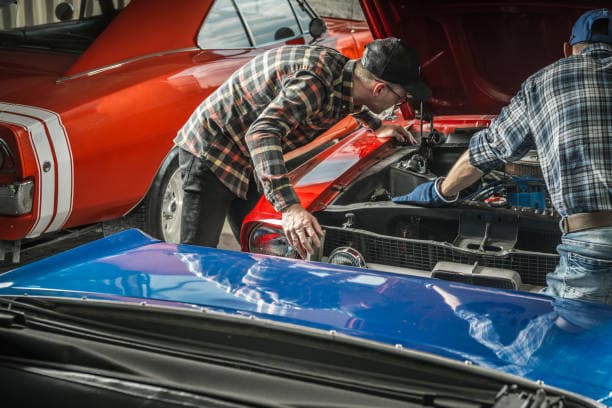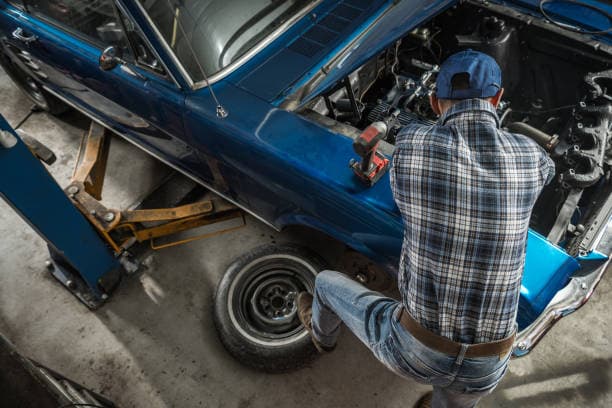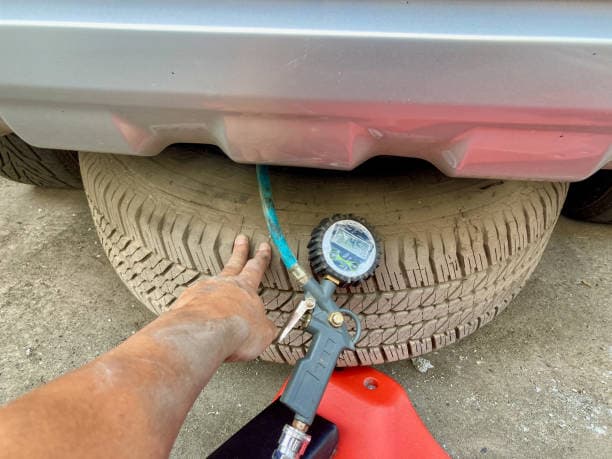The Ford Mustang has long been an icon of American muscle, known for its aggressive styling and powerful engine options. Whether you own a classic first-generation model or a modern-day powerhouse, there's always room for improvement under the hood. Upgrading your Mustang’s engine can significantly enhance performance, throttle response, and overall driving experience. In this comprehensive guide, we’ll explore the best ways to unlock more power from your Mustang, including bolt-on modifications, forced induction systems, engine internals, and tuning strategies.
1. Bolt-On Upgrades for Instant Gains
1.1 Cold Air Intake (CAI)
One of the simplest and most cost-effective upgrades is a cold air intake. Stock intake systems often restrict airflow to meet emissions and noise regulations. A performance CAI increases the volume of cooler, denser air entering the engine, resulting in improved combustion efficiency and a power boost of 5-15 horsepower.
Benefits:
- Increased horsepower and torque
- Improved throttle response
- Enhanced engine sound
1.2 Performance Exhaust System
Upgrading to a high-flow exhaust system reduces backpressure and allows the engine to breathe better. Options include cat-back or axle-back systems, as well as high-flow catalytic converters and headers.
Benefits:
- Improved exhaust flow
- Gains of 10-20 horsepower
- Aggressive sound profile
1.3 Throttle Body Upgrade
A larger throttle body allows more air to enter the intake manifold, increasing horsepower and improving throttle response.
Benefits:
- Increased airflow
- Improved acceleration
- Enhanced fuel atomization
1.4 High-Performance Intake Manifold
For naturally aspirated engines, an upgraded intake manifold optimizes air distribution across cylinders and increases power, especially at higher RPMs.
Benefits:
- Increased power in high-RPM range
- Improved fuel distribution
- Enhanced engine efficiency
2. Forced Induction: Superchargers & Turbochargers
Forced induction is one of the most effective ways to significantly increase horsepower in a Mustang.
2.1 Superchargers
A supercharger is belt-driven and provides instant power gains by compressing air before it enters the engine.
Types of Superchargers:
- Roots Supercharger: Offers immediate power delivery, best for low-end torque.
- Centrifugal Supercharger: Builds power progressively, excellent for high RPM power gains.
- Twin-Screw Supercharger: Provides a balance of low-end torque and high-end power.
2.2 Turbochargers
Unlike superchargers, turbochargers are exhaust-driven, providing efficiency and higher power gains.
Benefits:
- Significant horsepower increases (50% or more)
- More fuel-efficient than superchargers
- Adjustable boost levels with tuning
3. Internal Engine Upgrades
For serious performance enthusiasts, upgrading internal components allows the engine to handle more power reliably.
3.1 Performance Camshafts
Camshafts control valve timing, and upgrading to a performance camshaft optimizes power delivery across different RPM ranges.
Benefits:
- Increased horsepower and torque
- More aggressive powerband
- Improved exhaust note
3.2 High-Performance Pistons and Connecting Rods
Forged pistons and rods can withstand higher compression and boost levels, making them essential for forced induction builds.
Benefits:
- Increased engine durability
- Higher compression ratios for more power
- Reduced risk of engine failure
3.3 Cylinder Heads and Valvetrain Upgrades
Ported and polished cylinder heads, along with stronger valves and springs, improve airflow and increase horsepower.
Benefits:
- Enhanced airflow for more power
- Better high-RPM performance
- Reduced valve float
3.4 Stroker Kits
A stroker kit increases an engine’s displacement by lengthening the stroke of the pistons. This results in more torque and higher horsepower.
Benefits:
- Increased displacement for more power
- Stronger bottom-end torque
- Enhanced overall performance
4. ECU Tuning and Fuel System Upgrades
4.1 Performance ECU Tune
A custom tune optimizes fuel and ignition maps for maximum power and efficiency.
Benefits:
- Unlocks full potential of modifications
- Improves throttle response
- Increases horsepower and torque
4.2 Upgraded Fuel Injectors & Fuel Pump
More power requires more fuel. Upgrading fuel injectors and fuel pumps ensures the engine gets adequate fuel delivery.
Benefits:
- Prevents fuel starvation
- Supports higher horsepower builds
- Allows for more precise fuel management
4.3 Flex Fuel and E85 Conversions
E85 fuel allows for more aggressive tuning due to its high ethanol content, which burns cooler and supports higher compression ratios.
Benefits:
- Increased horsepower
- Cooler combustion temperatures
- More consistent power delivery
5. Cooling System Enhancements
5.1 High-Performance Radiator
A larger radiator improves cooling efficiency, preventing overheating during aggressive driving or racing.
5.2 Oil Cooler
An aftermarket oil cooler helps maintain proper oil temperatures, extending engine longevity under high-performance conditions.
5.3 Upgraded Intercooler (For Forced Induction)
A larger, more efficient intercooler reduces intake air temperatures, allowing for increased boost levels and more power.
6. Drivetrain and Supporting Modifications
6.1 Performance Clutch and Flywheel
Upgrading to a high-performance clutch allows for better power transfer to the wheels.
6.2 Limited Slip Differential (LSD)
An LSD improves traction, especially during launches and cornering, by ensuring both rear wheels receive power.
6.3 Upgraded Driveshaft and Axles
Stronger driveshafts and axles prevent failure under high-torque conditions, especially in high-horsepower builds.
6.4 Transmission Upgrades
Reinforced transmission components, such as upgraded gears and shift kits, improve durability and ensure smoother power delivery.
7. Suspension and Handling Improvements
While horsepower is crucial, ensuring your Mustang can handle the added power is equally important. Suspension upgrades help maximize traction and stability.
7.1 Performance Coilovers
Adjustable coilovers allow you to fine-tune your ride height and damping for improved handling and responsiveness.
7.2 Sway Bars and Strut Tower Braces
These components reduce body roll and improve cornering performance.
7.3 High-Performance Braking System
Upgraded brake kits with larger rotors and performance pads ensure your Mustang can stop as quickly as it accelerates.
8. Weight Reduction Strategies
Reducing unnecessary weight improves acceleration, handling, and fuel efficiency.
8.1 Lightweight Wheels and Tires
Forged aluminum wheels and performance tires reduce rotational mass and improve grip.
8.2 Carbon Fiber Components
Replacing body panels with carbon fiber parts reduces weight without sacrificing strength.
8.3 Interior Modifications
Removing rear seats, soundproofing materials, and other non-essential components can further reduce weight.
9. Aerodynamic Enhancements
Improving aerodynamics helps with stability and top-speed performance.
9.1 Front Splitters and Rear Wings
These components reduce lift and increase downforce for better high-speed stability.
9.2 Underbody Panels
Smoothing the underbody reduces drag and improves overall aerodynamics.
10. Regular Maintenance and Reliability Upgrades
Keeping your Mustang running optimally is key to long-term performance.
10.1 High-Quality Lubricants
Using synthetic oils and high-quality fluids improves engine longevity.
10.2 Preventative Maintenance
Regular inspections of belts, hoses, and engine components help prevent failures.
Upgrading your Mustang’s engine is an exciting journey that can transform its performance and driving dynamics. Whether you start with simple bolt-ons or go all-in with forced induction and internal modifications, each upgrade brings you closer to unlocking the full potential of your Mustang.





